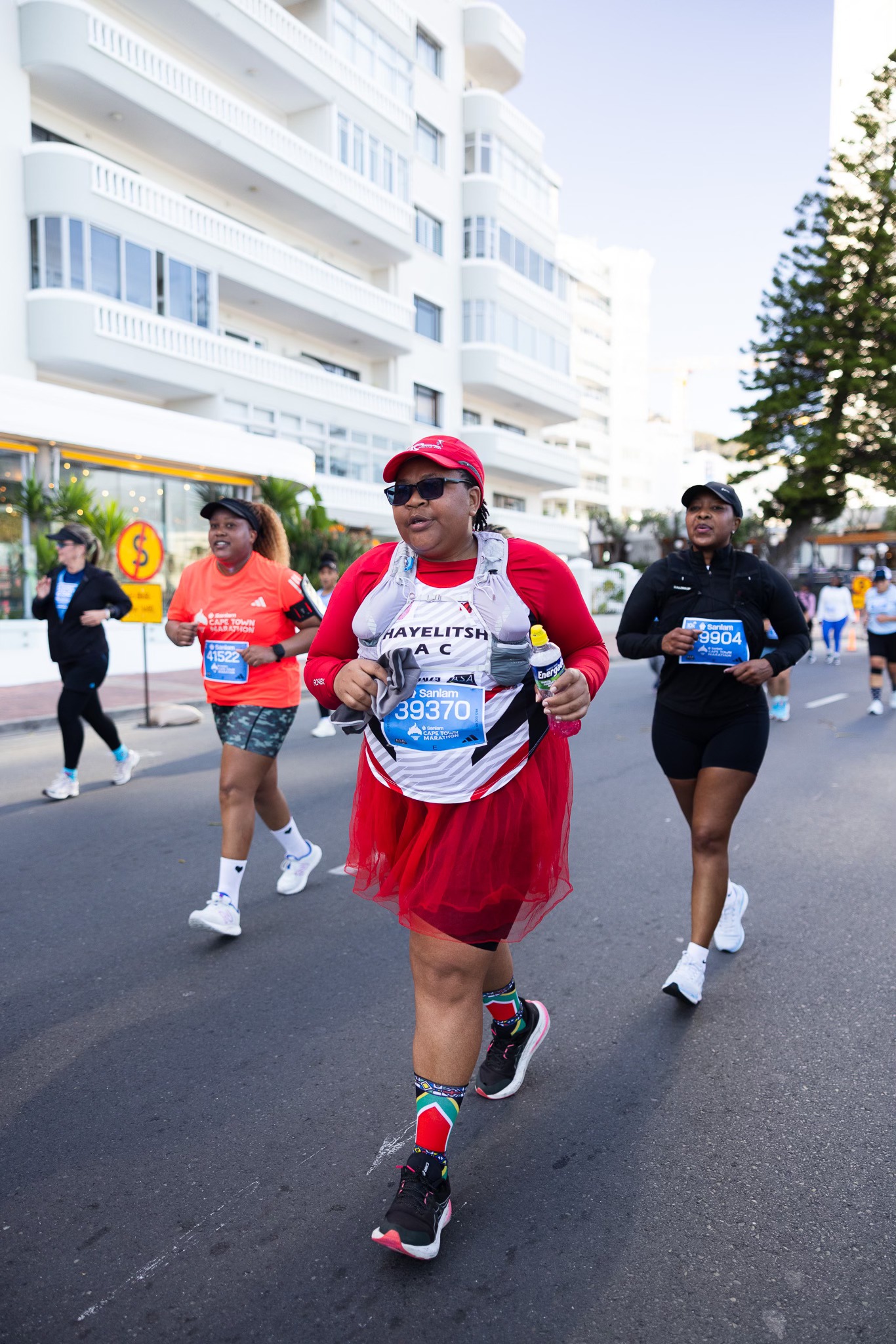What happens when an event gets cancelled hours before the gun is fired? Venelize de Lange from media update gives you a guide to handling last-minute cancellations by using the recent Cape Town Marathon controversy as a case study.
Few situations test a PR team quite like cancelling a major public event. It's a moment where planning meets panic, and how you communicate determines whether your brand is remembered for either chaos or credibility.
The recent cancellation of the 2025 Sanlam Cape Town Marathon offers a valuable case study in this regard. With nearly 24 000 runners and global attention, the stakes were high — and while organisers managed to control some of the fallout, the event also provides useful insights into how crisis publicity can be handled more effectively.
So, what should PR teams do when an event has to be cancelled?
1. Communicate Early
When problems arise during event planning, silence fuels speculation. One of the biggest mistakes organisers can make is waiting until the dust dies down before communicating.
The best practice is to push status updates that say organisers are actively assessing event conditions and will confirm an outcome by an estimated time. This isn't premature cancellation, but a way of managing expectations.
In the case of the Cape Town Marathon, the final safety call came only 90 minutes before the start time. This was done because organisers judged it prudent to wait for a structural engineer's report (and resultingly the Safety -and Joint Operations Committee's go-ahead) before sending out official cancellation comms.
2. Lead With Empathy
Crisis statements often default to logistics, such as refund policies, safety assessments, or rescheduling — yet the emotional side of a cancellation is equally important. People invest time, money and emotion into events, and they deserve acknowledgement of their disappointment when the event does not go through.
Therefore, the first communication must do two jobs: explain the situation in clear, verifiable terms, and acknowledge the human impact.
The Cape Town organisers opened with a factual explanation: high winds, damaged scaffolding and the decision to prioritise safety first.
While their statement was clear, it lacked a human tone in the first wave of communication and many runners even believed it to be misinformation. Later posts showed empathy, but by then, frustration had already built online.

Via Facebook
3. Control the Message Across Channels
Unified messaging across every platform prevents misinformation. That means preparing holding statements for social media, email, media releases and SMS.
The Cape Town Marathon team did this well: messages went out via WhatsApp, social media platforms and radio simultaneously, and when the cancellation was issued, the statement was clear on the safety basis, anchoring the narrative and preventing contradictory rumours.
4. Be Clear On What Will Happen Next
No amount of honest communication fixes disappointment unless there is a way forward. When events get cancelled, offer compensation, rescheduling, or a goodwill gesture to restore trust.
Here, the Cape Town Marathon excelled. The title sponsor, Sanlam, offered entrants a free entry for either the 2026 edition or the 2027 edition, depending on capacity constraints. This move acknowledged the loss and disappointment the runners felt while signalling a commitment to participants and the community.
5. Keep a Transparent Record of Decision Making
When disbelief or anger grows on social platforms, journalists and participants want a named and reachable source. Make spokespeople available for media calls and publish short FAQs for frontline staff to ensure consistent answers. Proactive availability prevents gaps that social media will fill with speculation.
Cape Town Marathon organisers were quick to share the timeline surrounding their decisions when social media blew up with disconcertment and criticism. They explained the exact sequence of decisions leading to the cancellation, showing accountability and reducing conjecture.
Via Youtube
When the show can't go on, the publicity stake is simple: be quick, be factual, be human and always give people something concrete to hold on to. It's the organisers' job to ensure the event is safe to attend and enjoy — but it's the publicist's job to explain technical responsibilities with empathy and clarity.
Did you enjoy this article? Let us know in the comments section below.
*Image courtesy of Canva and Facebook
**Information sourced from Daily Maverick, World Marathoner, TimeOut, Swanky Event and ACME